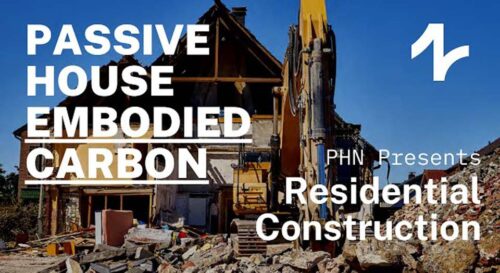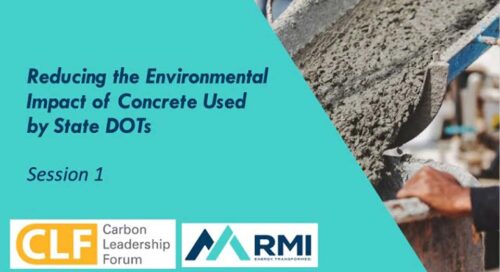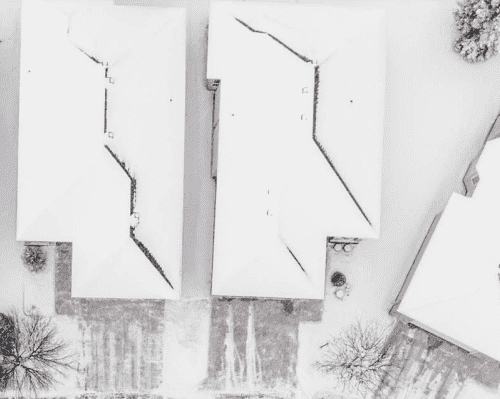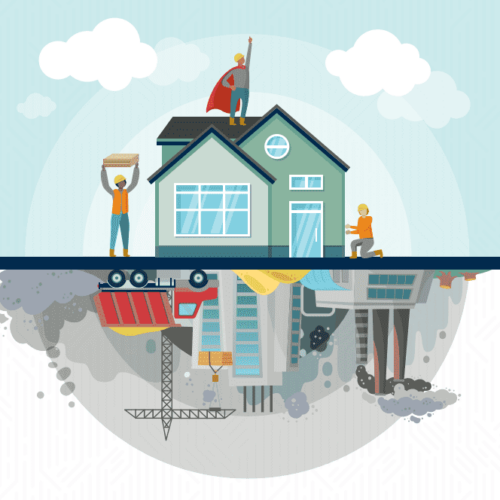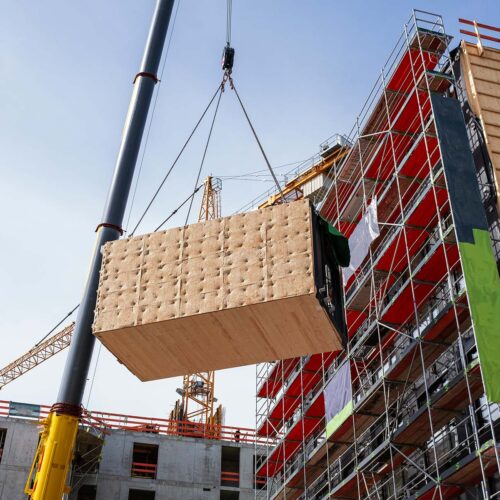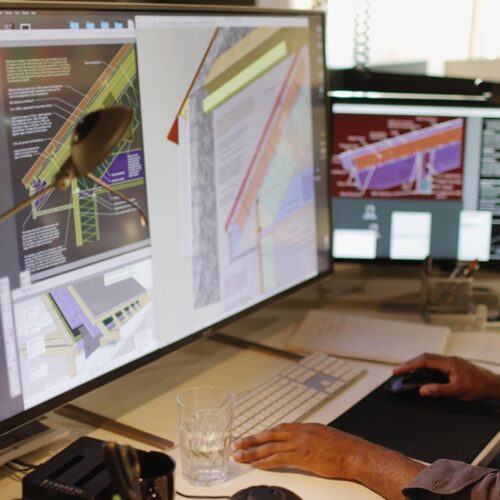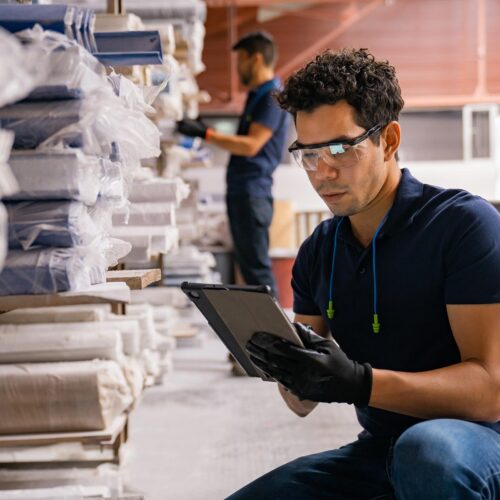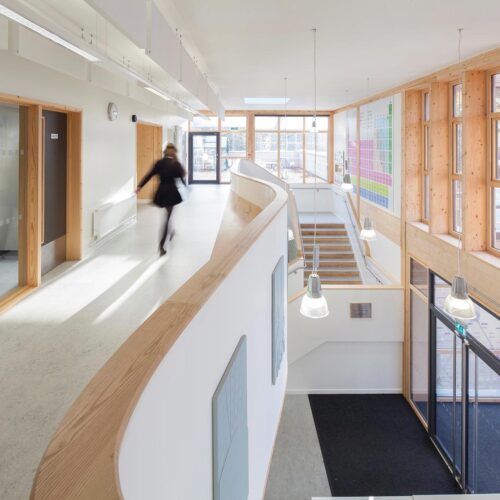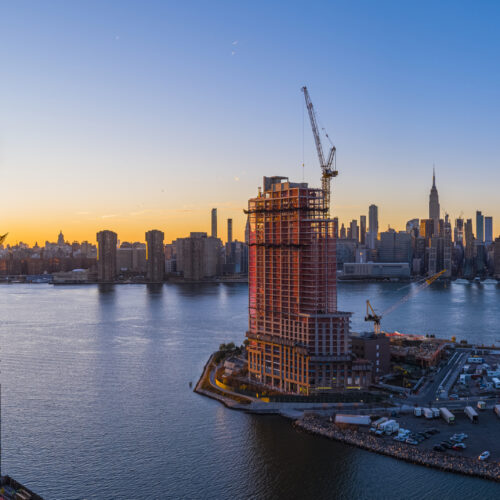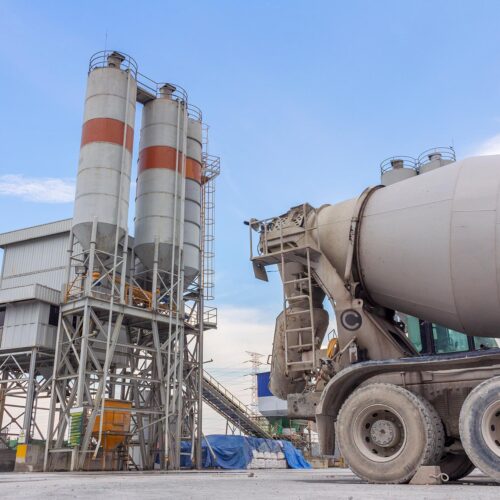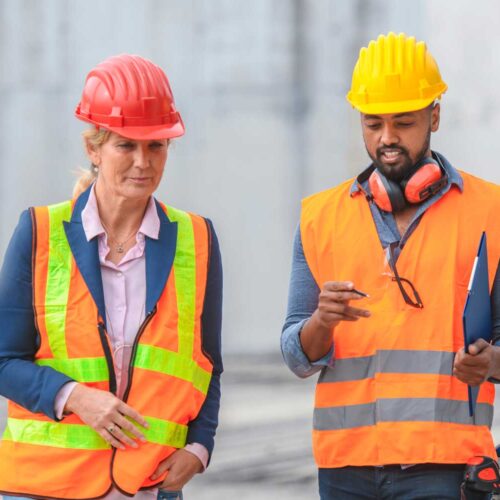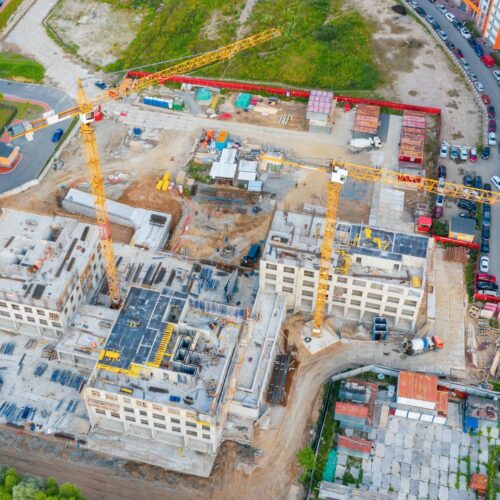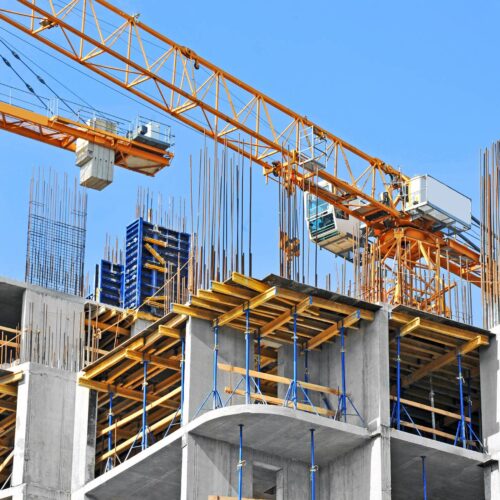
Embodied Carbon Initiative

What Is Embodied Carbon?
Embodied carbon is the sum of all greenhouse gas emissions released during the lifecycle of materials, including extraction, manufacturing, transport, construction, and disposal. Embodied carbon emissions from buildings account for 11 percent of annual climate-warming GHG emissions globally.
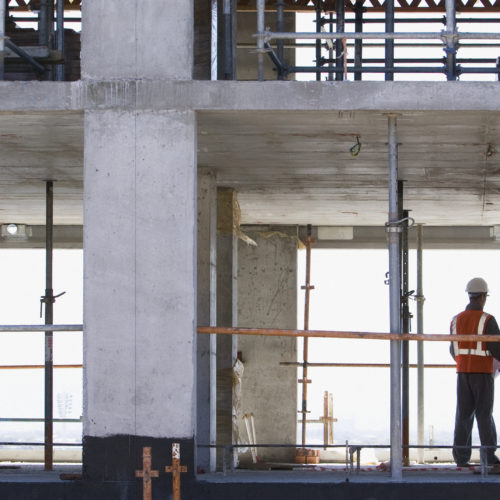
Why It Matters:
Most of a building’s lifetime GHG emissions occur before anyone occupies it. Understanding the embodied carbon of building materials is crucial for designing and constructing buildings with materials that don’t cancel out the climate gains made by operational efficiency improvements in recent decades. We can ensure every building is part of the climate solution through circular and efficient design, improved material manufacturing and reuse, and policies that create market demand for low-embodied carbon and carbon-storing concrete, steel, insulation, and other materials.
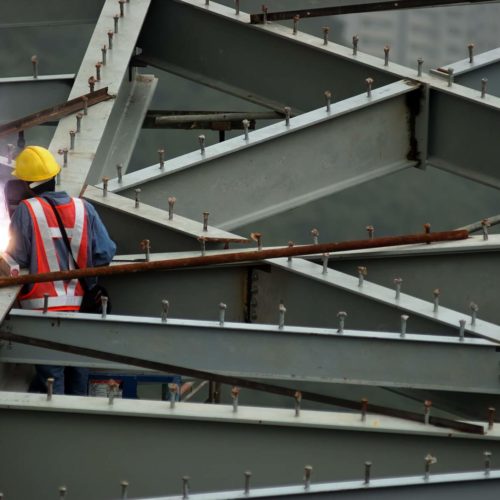
What We’re Doing:
RMI’s Embodied Carbon Initiative has played an instrumental role in guiding the building industry and government agencies on measuring and reducing embodied carbon emissions in line with global climate targets. We are changing how builders build, increasing corporate investment in embodied carbon, and enacting policies to create greater transparency, demand, and adoption of high-performance materials that are cost-effective, abundant, and good for the climate.
Webinars and Videos
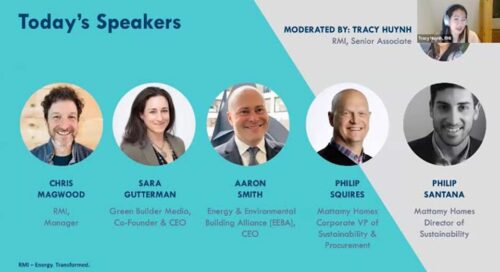
HomebuildersCAN: Introductory Webinar
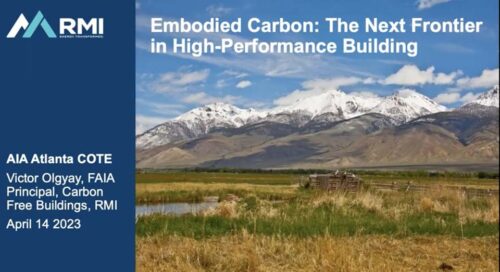
COTE®: Embodied Carbon
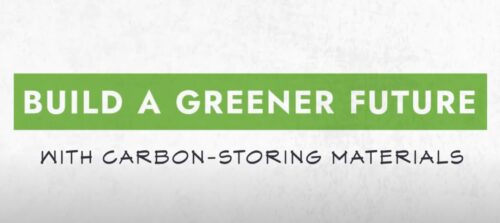
Carbon-Storing Building // with Chris Magwood
RESOURCES
Filter by Topic
Filter by Type
Building with Biomass 101: Turning Waste into Worth
High embodied carbon, a housing shortage, and millions of tons of wasted biomass reveal a missed opportunity to build smarter and cleaner.
Building with Biomass: A New American Harvest
How manufacturing building products from domestically sourced upcycled biomass can create more jobs and affordable healthy housing…
Impact Accounting Methodology for Building Construction
RMI and Microsoft’s Practical Accounting Methodology for Embodied Carbon Reductions in Construction…
Build Right the First Time
Key decarbonization measures to scale adoption of net-zero carbon buildings in India.
Paying for Clean Building Materials with C-PACE
Updating C-PACE financing rules could unlock billions of dollars of private sector investment in low-embodied-carbon American-made building materials.
Introducing the Clean Concrete Pledge Initiative to Decarbonize the U.S. Concrete and Cement Industry
Introducing the Clean Concrete Pledge Initiative to Decarbonize the U.S. Concrete and Cement Industry Boulder, CO – December 18, 2024— Cement and concrete, essential to the built environment and modern infrastructure, are responsible for…
Plastics Extrusion and Molding Greenhouse Gas Emissions Reporting Guidance
RMI’s Plastics Extrusion and Molding Greenhouse Gas Emissions Reporting Guidance…
From Wildfire to Wealth
Local mass timber businesses can turn trees from wildfire mitigation treatments into buildings and prosperity for Colorado’s communities.
Opening Early Market for Low-Carbon Building Materials in China
Opening Early Market for Low-Carbon Building Materials in China…
Embodied Carbon Investment Guide
The race to reduce embodied carbon in commercial real estate is on. But how can real estate investors and developers turn this challenge into a business advantage? RMI’s Embodied Carbon Investment Guide hub provides resources…
Fighting Fire with Low-Carbon Buildings
Mass timber made from Colorado wildfire thinnings is a win for local forests, communities, and the global climate.
The Business Case for Reducing Embodied Carbon: 9 Investments Commercial Real Estate Developers Can Make Today
Embodied carbon, the climate pollution associated with material production and construction activities, is responsible for an estimated 11% of global emissions.
Embodied Carbon Regulations Are Coming. The Real Estate Industry Can Get Ahead with Improved Portfolio Carbon Accounting
You may not realize it, but the past 12 months have been a reckoning for the emissions from building materials and construction — otherwise known as embodied carbon.
Decarbonizing Concrete Infrastructure Projects
How state departments of transportation can leverage the federal government’s $1.2 billion Low Carbon Transportation Materials (LCTM) program.
Buy Clean and Beyond
Buy Clean and Beyond: RMI’s Guide to Reaching Net-Zero Embodied Carbon in State-Owned Building Projects…
A Primer on Embodied Carbon in Climate Disclosure
Climate disclosure has become a primary focus of investors and governments seeking to understand climate impacts and risks associated with businesses.
Improving the Data and Disclosure of the Environmental Impact of Building Materials
It’s no secret, the relevance of environmental product declarations (EPDs) is steadily growing. Public and private actors are increasingly using these building material “nutrition labels” as core data sources for the development and implementation of…
Driving Action on Embodied Carbon in Buildings
RMI and USGBC's report answers today’s questions about embodied carbon and highlights key actions to decarbonize the building construction industry.
RMI and USGBC Release Report to Cut Embodied Carbon in Buildings
RMI and USGBC Release Report to Cut Embodied Carbon in Buildings Report is key deliverable in a groundbreaking collaboration to speed progress to reduce embodied carbon in building materials Boulder, CO – September 26, 2023…
The 3Cs of Innovation in Low-Carbon Concrete
RMI’s insight brief provides a one-stop shop for understanding the landscape of emerging technologies to decarbonize concrete and cement.
Setting Buy Clean Standards to Green US Steel
Buy Clean Standards must be designed correctly to lower emissions without driving domestic steel manufacturing out of business.
The Hidden Climate Impact of Residential Construction
RMI's new report on embodied carbon illuminates the hidden climate emissions in low-rise residences and strategies for builders to make cost-effective reductions quickly.
Embodied Carbon 101: Building Materials
Embodied carbon represents the millions of tons of carbon emissions released during the lifecycle of building materials, including extraction, manufacturing, transport, construction, and disposal.
Transforming Existing Buildings from Climate Liabilities to Climate Assets
Low-embodied-carbon and carbon-storing materials in building retrofits can reduce total building emissions.
Embodied Carbon Cities Policy Toolkit
This resource library was made in partnership with C40 Cities.
Roadmap to Reaching Zero Embodied Carbon in Federal Building Projects
A roadmap to zero embodied carbon emissions from US federal buildings projects and materials by 2050.
New White House ‘Buy Clean’ Guidance Targets Huge Emissions Hidden in Building Materials
White House announced “Buy Clean” recommendations that will advance green building materials procurement for federal building and transportation projects.
How RMI Is Accelerating Demand-Side Transformation to Deliver Ambitious Equitable Climate Outcomes for Buildings
How we can achieve transformational change by reducing the demand that drives climate pollution from the buildings industry.
Policy Opportunities to Increase Material Circularity in the Buildings Industry
This policy brief outlines recommended steps municipalities can take to increase material circularity and reduce emissions in the buildings sector.
Low-Carbon Concrete in the Northeastern United States
Although concrete is one of the most carbon-intensive materials in our built environment, many opportunities exist to reduce its environmental impact.
The Building Industry Takes Aim at “This Whole Other Chunk” of Emissions
Construction, engineering, and design firms are taking big steps to assess — and eventually reduce — the emissions.
Reducing Embodied Carbon Is Key to Meeting India’s Climate Targets
While India’s buildings-related CO2 emissions have more than doubled between 2000 and 2017, the indirect emissions have almost tripled.
Using Biomaterials to Shrink the Building Industry’s Carbon Footprint
A Q&A with Dr. Wil Srubar of the University of Colorado Boulder…
Giving America’s Infrastructure a Clean Start
RMI Releases a Guide on How to Reduce Emissions from Concrete.
Concrete Solutions Guide
A user-friendly overview of proven and scalable solutions to reduce concrete’s contribution to climate change.
Reducing Embodied Carbon in Buildings
Buildings account for at least 39 percent of energy-related global carbon emissions on an annual basis. At least one-quarter of these emissions result from embodied carbon, or the greenhouse gas (GHG) emissions associated with manufacturing,…
Low-Cost, High-Value Opportunities to Reduce Embodied Carbon in Buildings
The solutions for addressing embodied carbon in buildings have not been widely studied in the United States, leaving a significant knowledge gap for engineers, architects, contractors, policymakers, and building owners.
Colorado Passes Embodied Carbon Legislation
It is unlikely that you know how much carbon was produced by making your driveway. But if you did, you might think about ways to build it better.
India’s Buildings Sector Moonshot: Corporate Climate Commitments Can Forge the Path
In India’s fight against climate change, the buildings sector provides huge opportunities for emissions reductions. Progressive and forward-looking real estate players are increasingly backing the move toward net zero with ambitious sustainability commitments. As companies…
The Secret Life of Materials
You are surrounded. Whether you’re reading this on your phone or computer, if you’re sitting in an office chair, on a park bench, or waiting for your coffee order, you’re likely surrounded by concrete, wood,…
Implementing Life Cycle Carbon Emissions Standards in Urban Development
The construction and operation of buildings account for nearly 40 percent of global CO2 emissions. As the urgency of the climate challenge increases, efforts to address carbon emissions in the buildings and construction sector…
Resources
Report
Report
Toolkit
Report
Article
Article
Article
Procurement Brief
Blog
Blog
Report
Report
Blog
